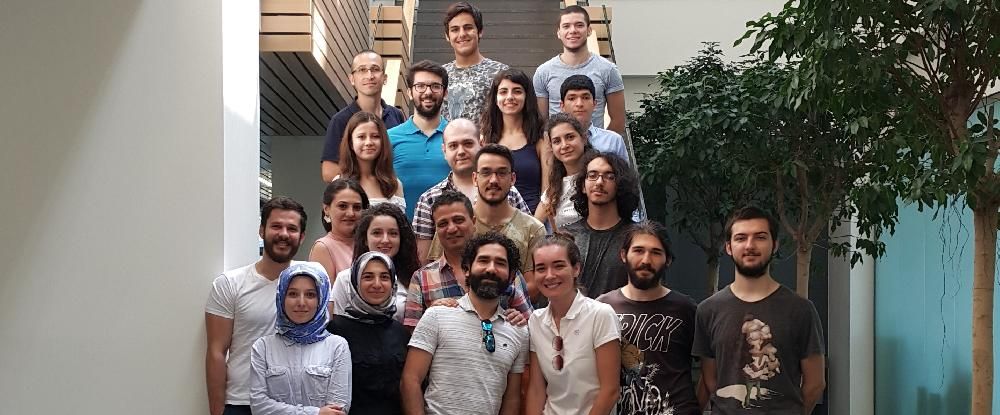Talk at Bogazici University
A method to integrate “omics data” in a network related context to identify disease pathway markers
Prof. Dr. Uğur Sezerman – Sabancı University
Date: March 6th, 2013, Wednesday
Time: 13:00
Place: ETA 16 – Ali Vahit Şahiner Seminar Room, Boğaziçi University, Istanbul, Turkey.
Abstract:
Several “omics” studies that are going on currently work efficiently mostly for Mendelian diseases in identification of markers that can be used for diagnosis and treatment. In case of complex diseases, there are no strong associations for a single factor, since these diseases are multifactorial. To this end, we develoepd a new method to analyze the omics data in a network related context to identify pathways that are involved in disease development mechanism. We employed several computational methods ranging from machine learning algorithms for function identification to network search algorithms in identification of pathway markers. These markers can be used to understand individual disease development mechanism to determine the individual targets for treatments bridging the path between omics data and personalized medicine.
In this talk, I will give a brief overview of the research activites that are going on at Sezerman Lab and then focus on the topic I described above.
Papers published on this subject by Sezerman Lab
1. Gungor B. B., and Sezerman U. (2011) A New Methodology to Associate SNPs with Human Diseases According to Their Pathway Related Context. PLoS ONE 6(10): e26277. doi:10.1371/journal.pone.0026277.
2. Gungor B.B., Baykan B., Iseri U.S., Tuncer N.F., and Sezerman U. (2013) Identifying SNP Targeted Pathways in Partial Epilepsies with Genome-wide Association Study Data. Epilepsy Research, in print.
3. Gungor B.B, and Sezerman U. (2013) The Identification of Pathway Markers in Intracranial Aneurysm Using Genome-wide Association Data from Two Different Populations. PLoS ONE, in print.





